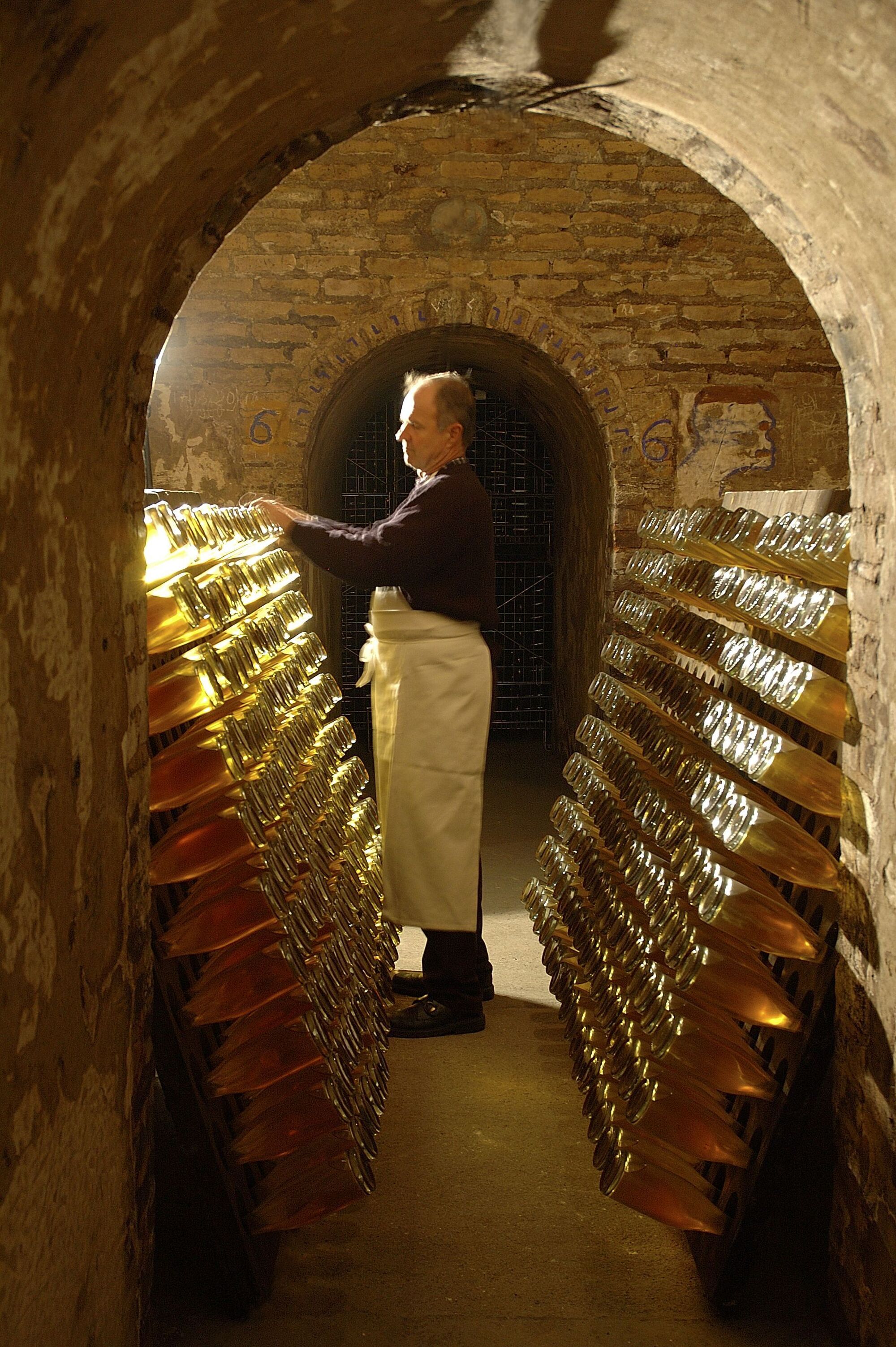Join Our Mailing List
To receive announcements regarding events, wine releases and more, please join our mailing list.

Watch a recording of the session here.
Unanswered Questions
1) Does sugar level decrease in Champagne over time in bottle?
I can’t find any supporting evidence for sugar levels decreasing while in bottle, but there are studies that show that the presence of certain other volatile compounds could also increase the perception of sweetness (in addition to less acidity). Here’s an article by Jaime Goode explaining that phenomenon in regard to dessert wines.
2) When did calling California sparkling wine “California Champagne” become outlawed?
After negotiating for about 2 decades, since 1983, the US and European Commission from the EU reached a deal in 2005 to stop US producers from using protected terms like ‘Champagne,’ ‘Burgundy,’ ‘Sherry,’ and others on their labels: with the exception for producers who were already doing so. This article from Vinepair discusses the history of it.
3) What’s the spot called where bubbles form on the inside of the glass?
Nucleation site. In most champagne flutes, this is a spot that is purposefully etched into the bottom of the glass where CO2 builds up and then releases into a strand of bubbles, but it can also be caused by any glass imperfection or particle of dust.
Fact Check
1) When talking about the 3 Presses in Champagne production, I mentioned that the first one, vin de cuvée, is mostly “free run” juice, before needing to use stronger pressure in the second press, vin de taille…
The amount of “free run” (from weight of clusters alone) is actually only about 100-150 liters of the 2,050 liters from the vin de cuvée, and sometimes is discarded if it has impurities in it. The vin de cuvée follows with very gentle pressing and usually takes 3 presses, yielding roughly 1,025 L, 615 L, and 410 L, respectively, for a total of 2,050 L.
2) Veuve Clicquot’s husband?
François was her husband who died young. Philippe Clicquot was François’ father.
3) Does Champagne and other sparkling wine go to your head faster than still wine?
I said it’s probably more related to sugar levels than to bubbles, but turns out, bubble CAN affect how fast the alcohol enters your system! The CO2 in the wine will increase the pressure in your stomach, causing alcohol to be absorbed into the bloodstream faster. And carbon dioxide will compete with oxygen in your blood giving you a dizzy or nauseous feeling. Here’s some more info on that.
Next Session: Thursday, April 15, 4:30PM (PDT)
Topic: Marty Taucher Interview and 10th Anniversary Bottling